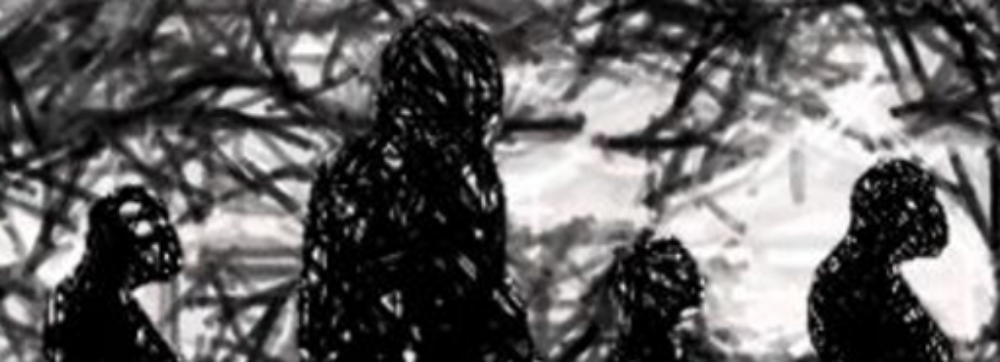Kristian Tylén, Zahra Alinam and Cordula Vesper
Our experiences of the surrounding cultural and physical environment are largely shaped by conceptualizations originating in social interactions (Latour, 1996; Tylén, Fusaroli, Bundgaard, & Østergaard, 2013). Through social interactions we align and conform our attentional profiles and representational construal of space (Nölle, Fusaroli, Mills, & Tylén, 2020). This has the implication that aspects of experience of the environment can potentially differ as a function of the cultural group with which we have a history (Majid, Bowerman, Kita, Haun, & Levinson, 2004). We hypothesize that there is a dynamical circular causality between environmental affordances and cognitive construal enhanced through cultural transmission.
In a preregistered experimental project, we used Virtual Reality to study the interactive processes shaping these affordances and their implications focusing on the case of urban environments. 72 participants performed a navigation task first following and later creating instructions to find a target object in an urban environment. In each session, a participant would search a virtual urban space for a target, return and make written instructions for the next participant about where to go and look for the target. The same procedure repeated in a transmission chain of 8 “generations”, where the instructions of the last participant (=generation) was passed on to the next. In order to investigate the contingencies between environmental affordances, conceptualization and linguistic interaction, half of the participants did the task in an urban space characterized by winded streets and salient colorful building textures (henceforth the “Barcelona” condition), while the other half did the task in an urban space characterized by straight perpendicular streets and buildings with desaturated color/texture (the “Manhattan” condition). Number of houses, street crossings and their relative position was kept constant between the condition.
In support of our predictions, we find that route descriptions differed between conditions and the differences increased over generations, with participants in the Barcelona condition being increasingly reliant on local salient vertical landmarks while participants in the Manhattan condition relied more on horizontal and cardinal cues. We take this to suggest that the navigational details provided by a participant in her instructions is an expression of enhanced attention to certain types of cues as a result of the instructions that this participant herself received in early part of the session. In other words, the linguistic instructions a participant receives biases the attention towards certain aspects of the environment when she later makes instructions for someone else, and this effect is cumulatively enhanced through the transmission chain, thus simulating processes of the emergence of cultural cognition.
References
Latour, B. (1996). On interobjectivity. Mind, culture, and activity, 3(4), 228-245.
Majid, A., Bowerman, M., Kita, S., Haun, D. B. M., & Levinson, S. C. (2004). Can language restructure cognition? The case for space. Trends in Cognitive Sciences, 8(3), 108-114.
Nölle, J., Fusaroli, R., Mills, G. J., & Tylén, K. (2020). Language as shaped by the environment: linguistic construal in a collaborative spatial task. Palgrave Communications, 6(1), 1-10.
Tylén, K., Fusaroli, R., Bundgaard, P. F., & Østergaard, S. (2013). Making sense together: A dynamical account of linguistic meaning-making. Semiotica, 2013(194), 39-62.
